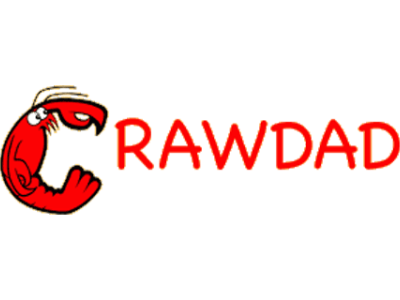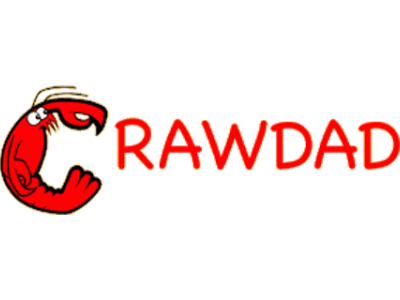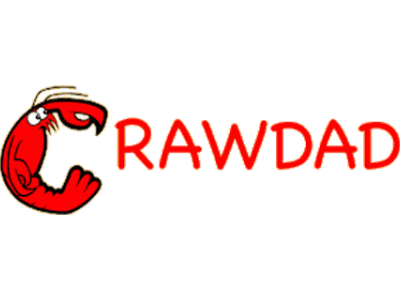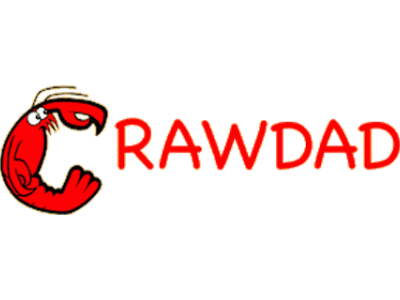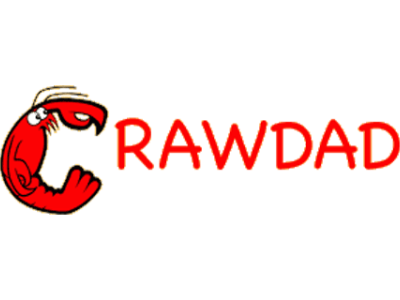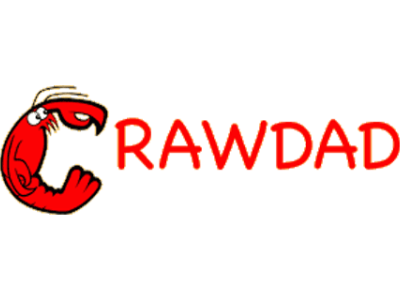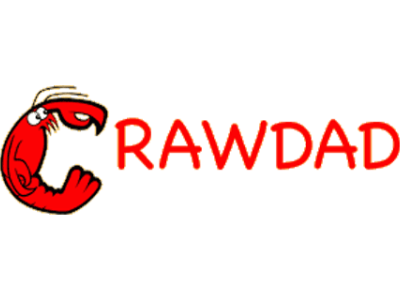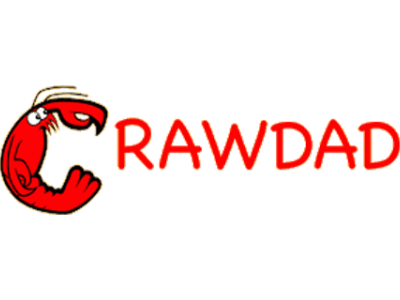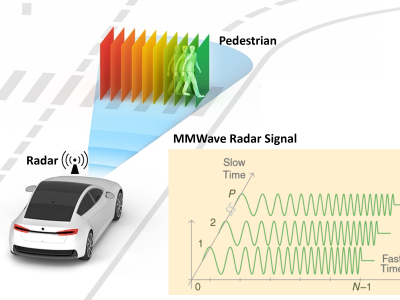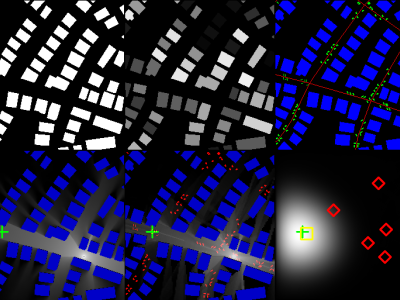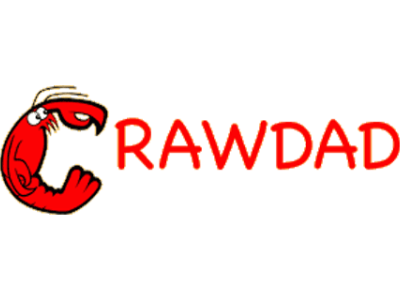CRAWDAD st_andrews/sassy
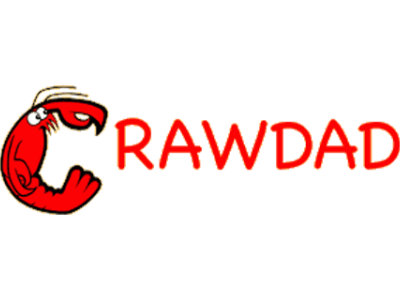
- Citation Author(s):
-
Greg Bigwood (University of St. Andrews)Tristan HendersonDevan Rehunathan (University of St. Andrews)Martin Bateman (University of Central Lancashire)Saleem Bhatti (University of St Andrews)
- Submitted by:
- CRAWDAD Team
- Last updated:
- DOI:
- 10.15783/C7S59X
- Data Format:
 159 views
159 views
- Categories:
Abstract
Encounter records of a group of participants carrying sensor motes and their social network data generated from Facebook data.
This is a dataset of sensor mote encounter records and corresponding social network data of a group of participants at University of St Andrews.
date/time of measurement start: 2008-02-15
date/time of measurement end: 2008-04-29
collection environment: We deployed 27 T-mote invent devices among human users associated with University of St Andrews. We could detect invent-to-invent encounters anywhere throughout the town of St Andrews and beyond.
network configuration: We have set up a mobile sensor network comprising mobile IEEE 802.15.4 sensors (T-mote invent devices) carried by human users and Linux-based basestations that bridge the 802.15.4 sensors to the wired network. T-mote invent devices can detect each other within a radius of ~10m. These encounters are stored in the invent devices and are uploaded through the basestations to a central database. To upload encounters, we deployed three basestations across the two Computer Science buildings in our institution.
data collection methodology: We deployed 27 T-mote invent devices among 22 undergraduate students, 3 postgraduate students, and 2 members of staff of University of St Andrews. Participants were asked to carry the devices whenever possible over a period of 79 days.
The invent devices were programmed to broadcast a beacon every 6.67 seconds. When other devices (invent devices or basestations) detect these beacons, they record a timestamp and other information (such as signal strength) for this beacon. The timestamp, the device ID, and the other information form a Sensor Encounter Record (SER), which gets uploaded to a central database.
We used the participants' Facebook friend lists to generate a social network topology. We refer to this as the self-reported social network (SRSN). We also generate a topology using the SERs to create the detected social network (DSN).
sanitization: No record was made of mappings between device IDs and names of participants.
limitation: To conserve storage on the invent devices, which only have 48 KB storage space, we only record the maximum, minimum, and mean measurements for encounters that last more than one polling interval.
error: The upload times are assumed to be accurate - the error is maximum possible difference between the upload time and the start of the encounter. This is due to the clocks on the device not maintaining the previous clock time after a device reset or battery failure.
Traceset
st_andrews/sassy/mobile
Encounter records of a group of participants carrying sensor motes and their social network generated from Facebook data.
- files: dsn.csv.gz, srsn.csv.gz
- description: This is a dataset of sensor mote encounter records and corresponding social network data of a group of participants at University of St Andrews.
- measurement purpose: Routing Protocol for DTNs (Disruption Tolerant Networks), Social Network Analysis, Network Performance Analysis, Opportunistic Connectivity
- methodology: We have set up a mobile sensor network comprising mobile IEEE 802.15.4 sensor (T-mote invent devices) carried by human users and Linux-based basestations that bridge the 802.15.4 sensors to the wired network. We deployed 27 T-mote invent devices among 22 undergraduate students, 3 postgraduate students, and 2 members of staff of University of St Andrews. Participants were asked to carry the devices whenever possible over a period of 79 days. We used the participants' Facebook friend lists to generate a social network topology. We refer to this as the self-reported social network (SRSN). We also generate a topology using the SERs to create the detected social network (DSN).
st_andrews/sassy/mobile Trace
- social: This is a dataset of sensor mote encounter records and corresponding social network data of a group of participants at University of St Andrews.
- configuration: We have set up a mobile sensor network comprising mobile IEEE 802.15.4 sensors (T-mote invent devices) carried by human users and Linux-based basestations that bridge the 802.15.4 sensors to the wired network. The invent devices were programmed to broadcast a beacon every 6.67 seconds.
- format: The fields of dsn.csv are as follows:
device_having_encounter - device that recorded the encounter
device_seen - device that was detected
rawtime_start - UNIX timestamp of encounter start
rawtime_end - UNIX timestamp of encounter end
timeuploaded - UNIX timestamp of when the encounter was uploaded to a basestation
rssivalue - RSSI (max 256)
errorval - error value of start time of encounter relative to upload time
srsn.csv file contains a pairs of invent device IDs corresponding to Facebook friend connections.
Instructions:
The files in this directory are a CRAWDAD dataset hosted by IEEE DataPort.
About CRAWDAD: the Community Resource for Archiving Wireless Data At Dartmouth is a data resource for the research community interested in wireless networks and mobile computing.
CRAWDAD was founded at Dartmouth College in 2004, led by Tristan Henderson, David Kotz, and Chris McDonald. CRAWDAD datasets are hosted by IEEE DataPort as of November 2022.
Note: Please use the Data in an ethical and responsible way with the aim of doing no harm to any person or entity for the benefit of society at large. Please respect the privacy of any human subjects whose wireless-network activity is captured by the Data and comply with all applicable laws, including without limitation such applicable laws pertaining to the protection of personal information, security of data, and data breaches. Please do not apply, adapt or develop algorithms for the extraction of the true identity of users and other information of a personal nature, which might constitute personally identifiable information or protected health information under any such applicable laws. Do not publish or otherwise disclose to any other person or entity any information that constitutes personally identifiable information or protected health information under any such applicable laws derived from the Data through manual or automated techniques.
Please acknowledge the source of the Data in any publications or presentations reporting use of this Data.
Citation:
Greg Bigwood, Tristan Henderson, Devan Rehunathan, Martin Bateman, Saleem Bhatti, st_andrews/sassy, https://doi.org/10.15783/C7S59X , Date: 20110603


